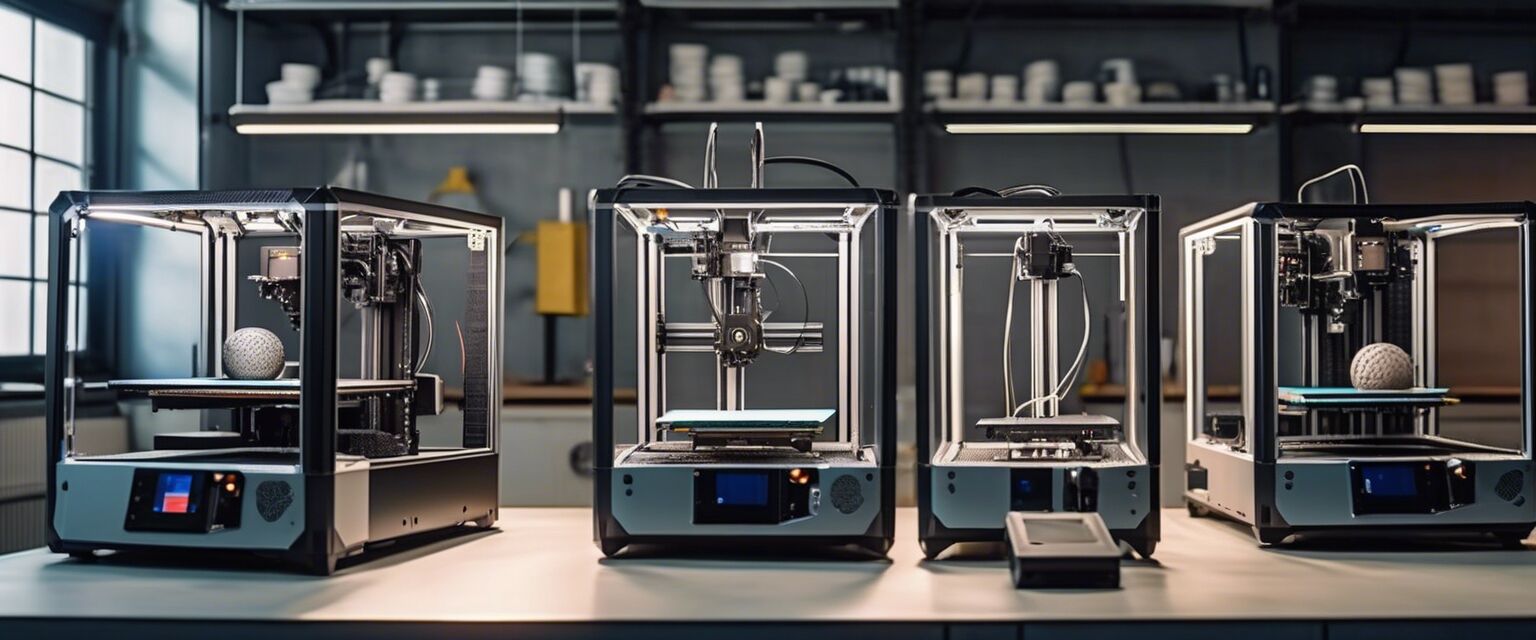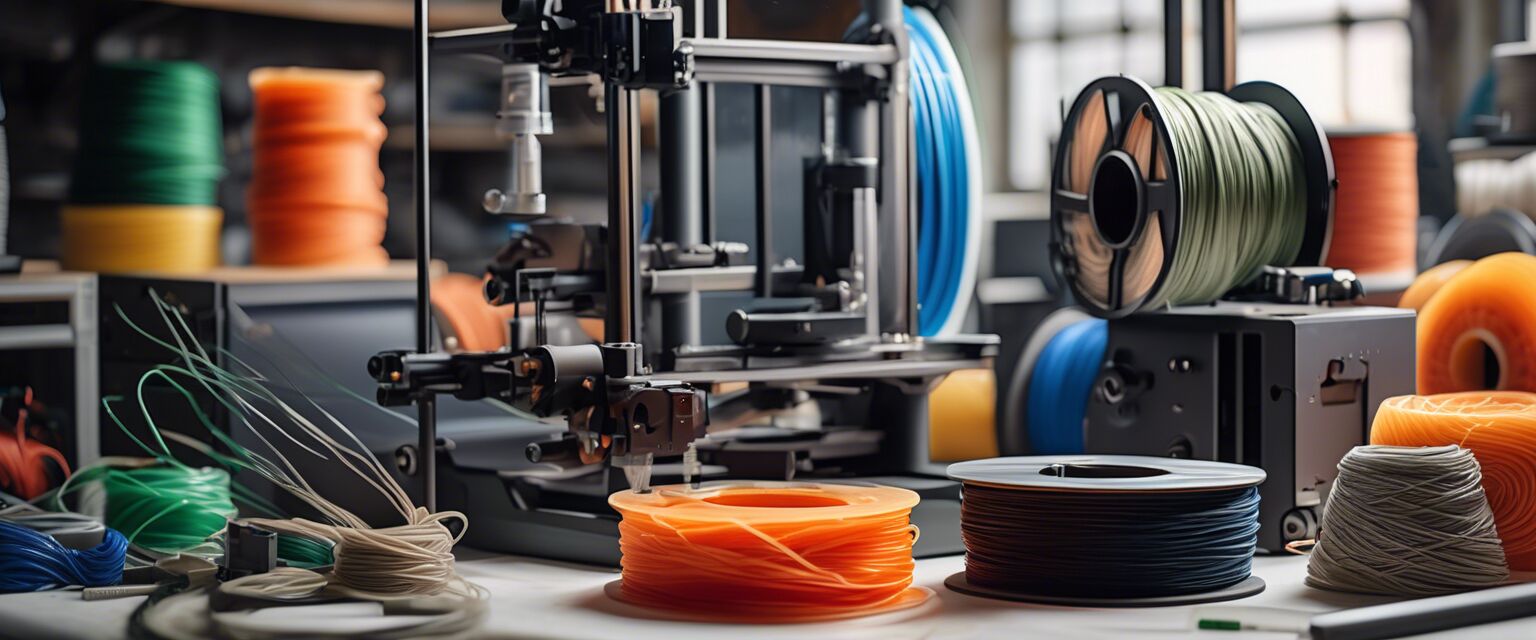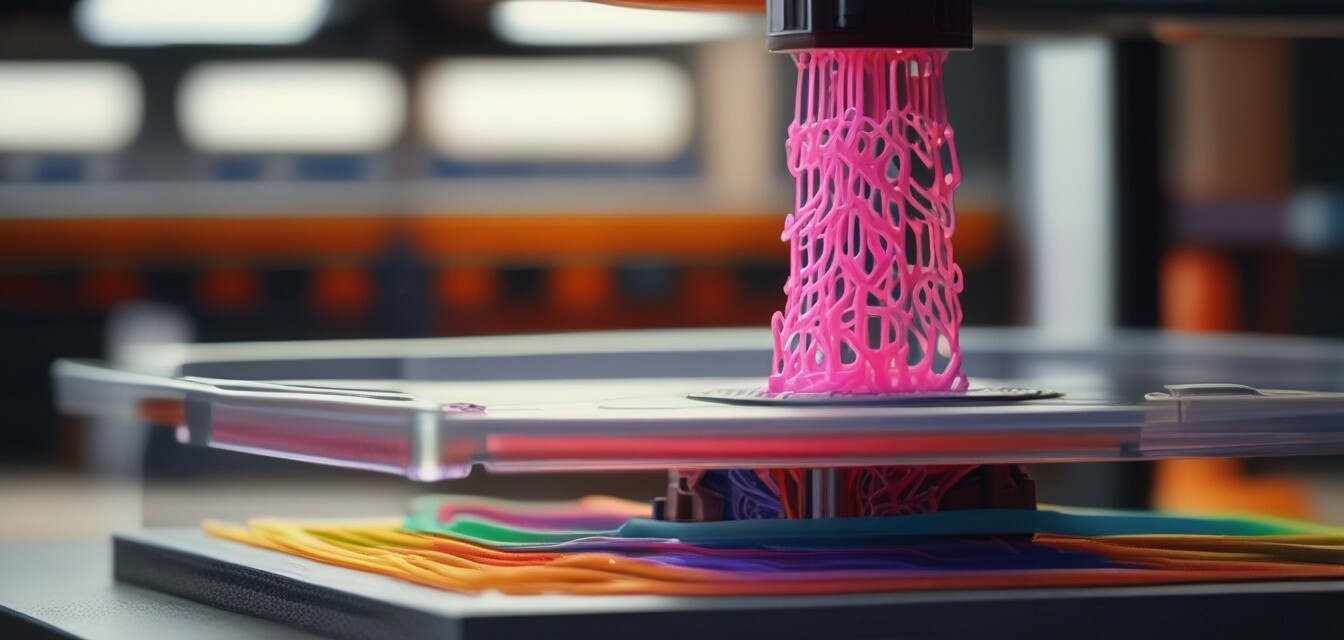
Types of 3D Printers
Key Takeaways
- 3D printers come in various types, each suited for different applications.
- The most common types include FDM, SLA, SLS, and DLP printers.
- Understanding the differences can help you choose the right printer for your needs.
- 3D printing technology continues to evolve, making it more accessible to consumers.
3D printers have revolutionized the way we create and manufacture objects. From industrial applications to personal projects, there are numerous types of 3D printers available in the market, each with its own unique capabilities and applications. In this comprehensive guide, we will explore the different types of 3D printers, their working mechanisms, and their respective uses.
Overview of 3D Printing Technologies
3D printing, also known as additive manufacturing, is a process of creating three-dimensional objects layer by layer. The technology has advanced significantly and is divided into several types based on the printing process.
Common Types of 3D Printers
| Type | Technology | Materials Used | Applications |
|---|---|---|---|
| Fused Deposition Modeling (FDM) | Fused filament is extruded through a heated nozzle. | PLA, ABS, PETG | Prototyping, hobbyist projects, educational purposes |
| Stereolithography (SLA) | Ultraviolet light cures liquid resin into hardened plastic. | Resin | Detailed prototypes, jewelry, dental applications |
| Selective Laser Sintering (SLS) | A laser fuses powdered material into solid structures. | Nylon, metals, ceramics | Functional prototypes, end-use parts |
| Digital Light Processing (DLP) | Projects a digital light image onto resin to cure it. | Resin | Detailed parts, jewelry, dental models |
Fused Deposition Modeling (FDM)
Fused Deposition Modeling is one of the most common types of 3D printing technology. It works by melting thermoplastic filament and extruding it layer by layer to build the object.

Applications of FDM
- Prototyping and modeling
- Educational projects
- Customized tools and parts
- Hobbyist creations
Stereolithography (SLA)
Stereolithography is a 3D printing technology that uses a laser to cure liquid resin into solid parts. SLA printers are known for their high precision and ability to produce intricate designs.

Applications of SLA
- Jewelry design
- Dental and medical prototypes
- High-resolution models
- Figurines and collectibles
Selective Laser Sintering (SLS)
Selective Laser Sintering uses a laser to fuse powdered materials into solid objects. This method allows for the creation of complex geometries without the need for support structures.
Applications of SLS
- Functional prototypes
- End-use products
- Custom tooling
- Aerospace components
Digital Light Processing (DLP)
Digital Light Processing is similar to SLA but uses a digital light projector to cure resin. This allows for faster printing speeds and high-resolution outputs.
Applications of DLP
- High-detail prints
- Jewelry and dental applications
- Rapid prototyping
- Small batch production
Comparing 3D Printer Types
| Feature | FDM | SLA | SLS | DLP |
|---|---|---|---|---|
| Print Speed | Moderate | Slow | Fast | Fast |
| Print Quality | Good | Excellent | Very Good | Excellent |
| Material Variety | High | Low | Moderate | Low |
| Cost | Low | High | High | High |
Choosing the Right 3D Printer
When selecting a 3D printer, consider the following factors:
- Purpose: What do you intend to print? Prototypes, models, or end-use products?
- Material: What materials do you plan to use? Plastics, resins, or metals?
- Budget: How much are you willing to invest in a 3D printer?
- Space: Do you have enough room for the printer and its operation?
Beginners Section
If you are new to 3D printing, here are some tips to get you started:
- Start with FDM printers if you are on a budget and want to experiment.
- Explore different materials and their properties to understand their uses.
- Join online communities to share your experiences and learn from others.
- Invest in a good quality slicer software for better print management.
Future of 3D Printing
The future of 3D printing looks promising, with continuous advancements in technology. As industries embrace this innovative manufacturing process, we can expect enhanced capabilities, more materials, and wider applications. From healthcare to construction, the potential of 3D printing is limitless.
Conclusion
Understanding the different types of 3D printers allows you to choose the right machine for your needs, whether it's for personal projects or professional applications. As this technology continues to evolve, staying informed will help you leverage its full potential.
Pros
- Diverse applications across various fields.
- Ability to create complex geometries.
- Reduced waste compared to traditional manufacturing.
- Customization and rapid prototyping capabilities.
Cons
- Initial setup and learning curve can be steep.
- Ongoing maintenance and material costs.
- Print times can be long depending on complexity.
- Quality may vary based on the printer and material used.



